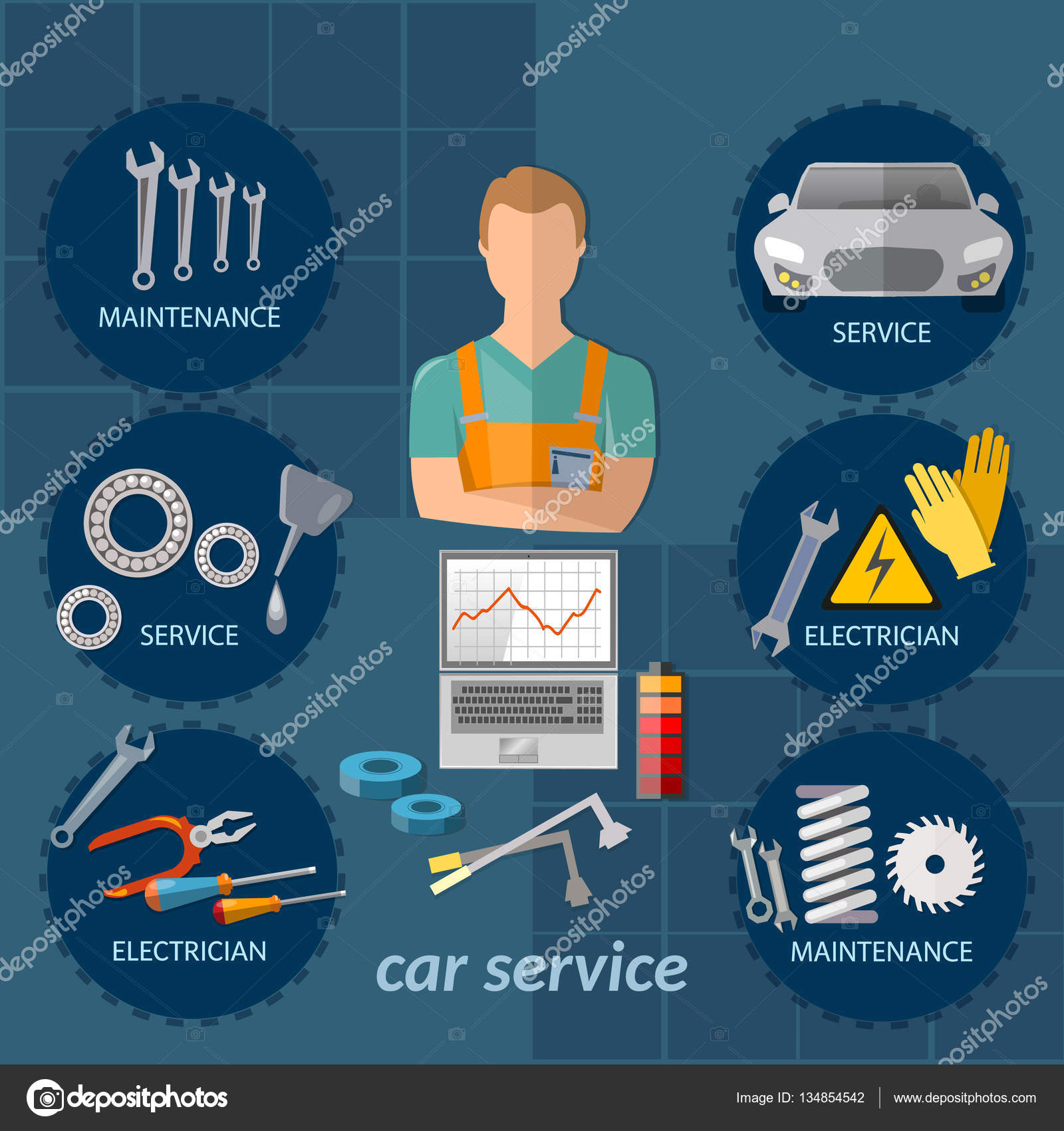Understanding Your Auto'S Warning Lighting: What Do They Really Mean?
Understanding Your Auto'S Warning Lighting: What Do They Really Mean?
Blog Article
Material Written By-Termansen Stark
When you're behind the wheel, those beautiful warning lights on your dashboard can be a little bit complicated. Do you know what they're attempting to inform you regarding your vehicle's health and wellness? Understanding the significance of these lights is vital for your security and the durability of your automobile. So, the next time among those lights turns up, would not you intend to understand its message properly and take the necessary actions to address it?
Common Caution Lights and Interpretations
Determine common warning lights in your automobile and comprehend their significances to guarantee secure driving.
The most regular caution lights consist of the check engine light, which signals problems with the engine or exhausts system. If this light comes on, it's important to have your lorry checked without delay.
The oil stress warning light indicates low oil pressure, requiring prompt focus to avoid engine damage.
A blinking battery light could suggest a faulty billing system, potentially leaving you stranded otherwise dealt with.
The tire stress monitoring system (TPMS) light notifies you to reduced tire stress, influencing lorry stability and fuel efficiency. Neglecting cardetail could cause risky driving problems.
The abdominal muscle light shows a problem with the anti-lock stopping system, jeopardizing your ability to quit promptly in emergencies.
Finally, the coolant temperature level warning light warns of engine getting too hot, which can result in severe damages otherwise dealt with quickly.
Understanding these common warning lights will certainly aid you attend to problems immediately and maintain risk-free driving conditions.
Significance of Prompt Interest
Comprehending the usual caution lights in your auto is just the first step; the significance of promptly resolving these cautions can't be stressed sufficient to guarantee your safety and security when driving.
When a warning light illuminates on your control panel, it's your cars and truck's way of communicating a prospective concern that requires attention. Disregarding these warnings can lead to more severe troubles in the future, compromising your security and possibly costing you more out of commission.
Prompt focus to warning lights can protect against break downs and accidents. For example, a blinking check engine light might suggest a misfire that, if left neglected, could create damage to the catalytic converter. Resolving this immediately can conserve you from a costly repair service.
Likewise, a brake system advising light might signal reduced brake liquid or worn brake pads, vital components for your safety when driving.
DIY Troubleshooting Tips
If you see a warning light on your control panel, there are a couple of do it yourself repairing pointers you can try before seeking specialist help.
The very first step is to consult your automobile's handbook to comprehend what the particular warning light indicates. Often the issue can be as easy as a loose gas cap triggering the check engine light. Tightening up down wash nz may fix the issue.
One more common problem is a low battery, which can set off various cautioning lights. Inspecting the battery connections for rust and guaranteeing they're safe and secure could deal with the trouble.
If a caution light lingers, you can try resetting it by disconnecting the cars and truck's battery for a couple of mins and then reconnecting it. Furthermore, checking your vehicle's liquid degrees, such as oil, coolant, and brake fluid, can aid fix cautioning lights connected to these systems.
Conclusion
To conclude, understanding your vehicle's caution lights is important for maintaining your car running smoothly and safely. By without Learn Alot more addressing these notifies and understanding what they suggest, you can stay clear of pricey repairs and prospective breakdowns.
Remember to consult your automobile's manual for specific details on each cautioning light and do something about it as necessary to guarantee a hassle-free driving experience.
Keep informed, stay safe on the road!
